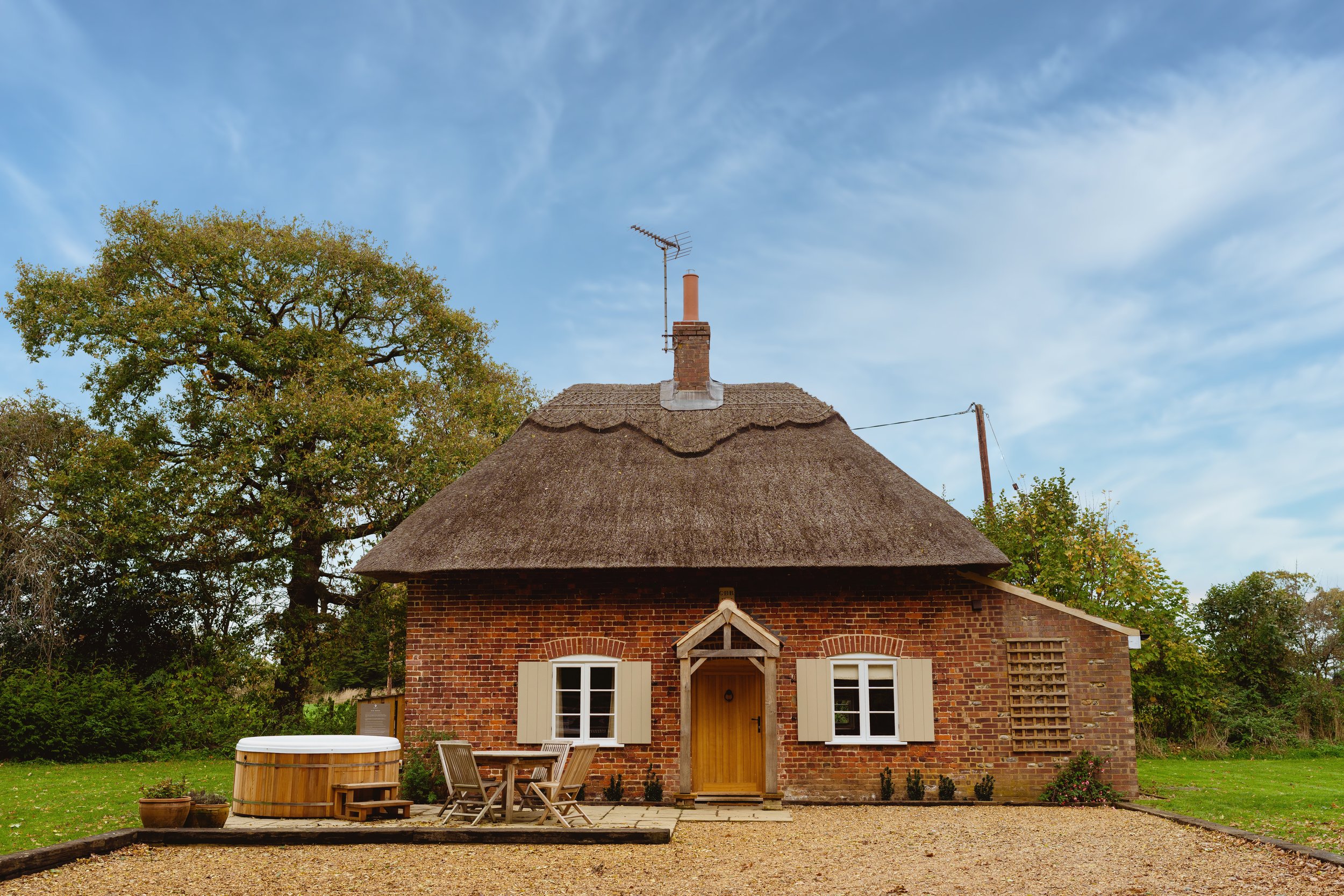Exploring the Historic Legacy of Worstead and the Estate
Worstead, located in North Norfolk, holds historical significance as a former centre of the woollen industry during the medieval period. The charming village gained prominence for its high-quality Worsted cloth production, which was highly sought after across Europe. The name "worsted" itself stems from the village's name.
Fine Wool Fabrics
In the 12th and 13th centuries, Worstead's skilled craftsmen produced fine wool fabrics that played a crucial role in the region's economy. The village's history is deeply intertwined with the growth of the textile trade, contributing to its cultural heritage.
Today, Worstead retains its historical charm with picturesque thatched cottages, a beautiful church and remnants of its industrial past. The Worstead Guild of Weavers, Spinners and Dyers ensures the preservation of traditional textile techniques, keeping the village's heritage alive.
The Worstead Festival
Tourists and history enthusiasts are drawn to Worstead's annual Worstead Festival, celebrating the village's rich history and craftsmanship. The festival showcases local artisans, traditional crafts and textile demonstrations, fostering a connection between the past and the present.
Worstead's history, cultural significance and ongoing efforts to preserve its textile heritage make it a captivating destination for those interested in exploring the UK's medieval industrial past and its enduring influence on local traditions.
Worstead Estate
Nestled within the enchanting landscapes of North Norfolk, Worstead Estate stands as a testament to the region's rich history, interwoven with the lives of notable figures:
Sir John Berney of Westwick: A Visionary Pioneer
Worstead's legacy commences with the visionary Sir John Berney of Westwick. Anchored in the 16th century, Sir John's impact reverberates through the ages. A man of influence and foresight, he laid the cornerstone for the estate's transformation. His grand residence at Worstead Park symbolised prestige and ambition, leaving an indelible imprint on the estate's future.
Juliana Berney and Thomas Brograve: A Family's Influence
The narrative gains depth with Juliana Berney, the daughter of John Berney, whose journey intertwined with Thomas Brograve's. The union of these families was pivotal, shaping the destiny of the estate. Through their son, Sir Berney Brograve, generations were bound to steward Worstead's evolution, fostering a legacy of continuity and growth.
Sir Berney Brograve: Botanical Visionary
In the 17th century, Sir Berney Brograve emerged as a transformative figure. His passion for horticulture adorned the estate's landscape with breathtaking gardens. The gardens at Worstead Park flourished under his care, standing as a testament to his refined tastes and dedication to natural beauty.
Humphrey Repton: Architect of Transformation
The late 18th century ushered in the era of Humphrey Repton, a landscape architect of unparalleled creativity. His "Red Book" designs unveiled a vision where nature and architecture melded harmoniously. The estate's rejuvenation was a testament to Repton's ingenuity, creating landscapes that resonated with innovation.
The 19th Century: Sustaining the Legacy
As the 19th century dawned, Robert Berney, William Rufus Rous and William Keith Rous continued the legacy, ushering Worstead into modernity while honouring its heritage. Robert Berney upheld the estate's heritage, while the Rous family infused new vitality into its infrastructure. William Keith Rous championed modernisation while respecting tradition, reflecting the delicate balance between the past and the present.
James Paterson: Preserving Identity
The 20th century saw James Paterson assume stewardship, encapsulating the essence of heritage and progress. His efforts ensured Worstead Park and Worstead Estate remained cultural landmarks. Paterson's dedication epitomised the seamless integration of history into contemporary times.
A Timeless Chronicle of North Norfolk's Identity
As we traverse the corridors of history within Worstead Estate, the echoes of Sir John Berney of Westwick, Juliana Berney, Thomas Brograve, Sir Berney Brograve, Humphrey Repton, Robert Berney, William Rufus Rous, William Keith Rous, and James Paterson resound. Their legacies continue to shape the essence of North Norfolk.
Worstead's history is a living tale, interweaving heritage and innovation. The footsteps of these exceptional individuals are imprinted on the estate's landscapes and structures. With every visit, we become part of a continuum, embracing the past while creating our own chapter within Worstead's enchanting narrative.
Where Past Meets Present
Worstead Park and Worstead Estate aren't just physical entities; they're gateways to North Norfolk's storied past. The stories of all the individuals associated with Worstead Estate breathe life into the estate's architecture, gardens and pathways. Their legacy is a bridge between eras, connecting the past with the present in a seamless tapestry of history, culture and identity.
To read the full story of the Worstead Estate’s evolution, click here.



